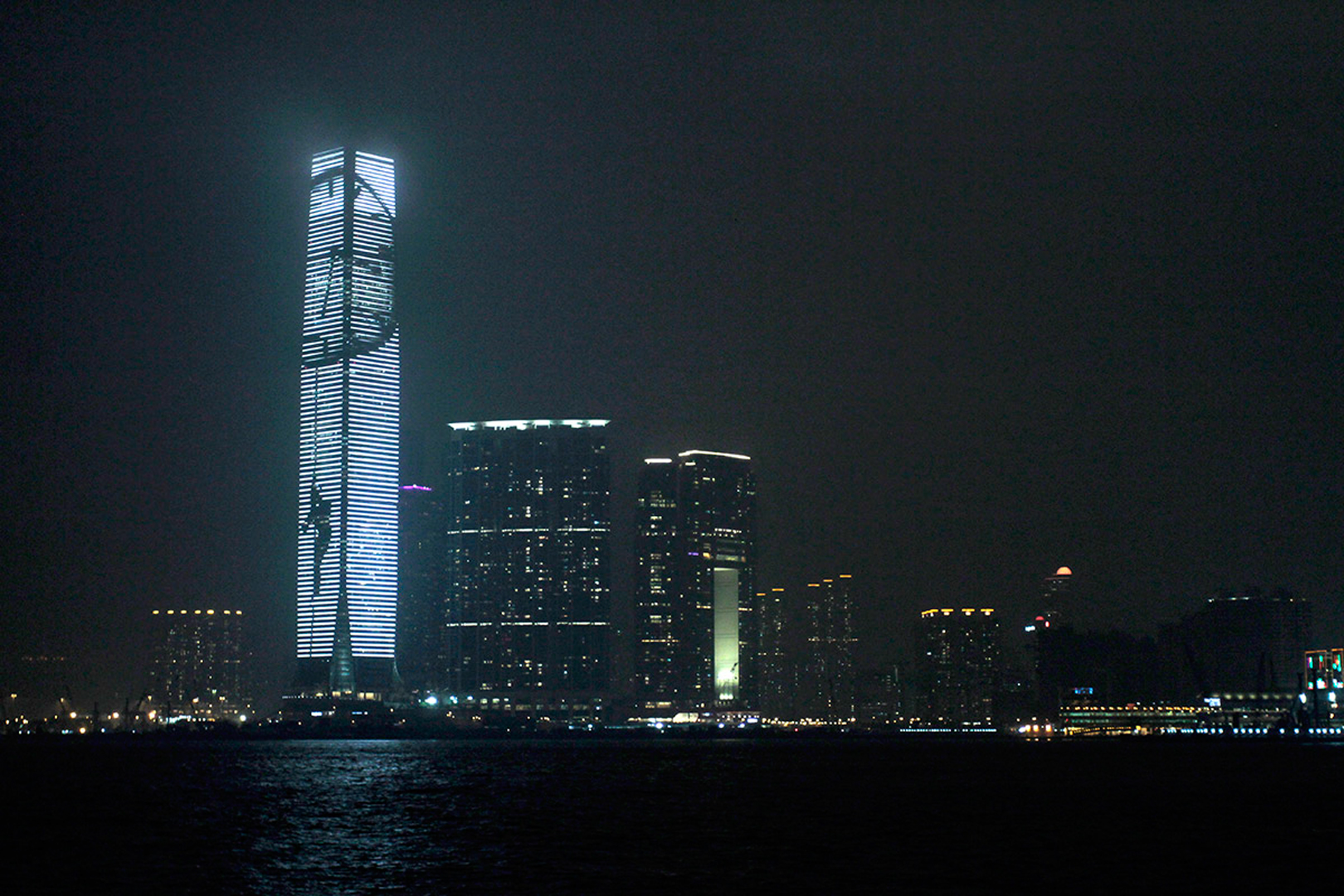Connecting and Disrupting Public Spaces: from the “Tunnel under the Atlantic” to the “Open Sky Campus”
Symposium:
Presentation Title:
- Connecting and Disrupting Public Spaces: from the “Tunnel under the Atlantic” to the “Open Sky Campus”
Presenter(s):
Abstract:
After the former promise of a flattened space where time and distances collapse, crossed by so called information highways conveying smileys and playful data, one could wonder how the inter-relationships between people, between people and data and between people and the public sphere, has been affected. One should also wonder what is at stake in the process of this mutation. I have addressed this topic through the past 20 years in which I’ve spent exploring the resulting mutations of being in the world (Dasein), a world of people.
In September 1995, during ISEA95 Montreal, I “dug” The Tunnel under the Atlantic between the Pompidou Centre in Paris and the Museum of contemporary Art in Montreal. This intense experience for “diggers” to interact within a complex network system across time and space was the very first intercontinental telematic installation done in Virtual Reality. In the following 20 years, I have been exploring different kinds of communicational architectures, connecting spaces and people, and extracting meaning out of these experiences that arise out of such mediated contacts. Beside the innovative approaches of these projects, I was tracking the emergence of the phatic dimension of communication, revealing the intensification of remote connection through social network – how “being in touch” as well as building and maintaining the connection became more important than the act of communicating and transmitting information itself.
The “Paris New Delhi Tunnel” in 1997 (Cité des Sciences la Villette Paris, Pragati Maidan India), Crossing Talks in 1999 (ICC Tokyo) and Labylogue in 2000 (Brussels Museum of contemporary art), are subsequent exploration and interrogations on different systems of distant dialogues.
In 2012 the “Tunnel around the World” commissioned by ZERO1 biennial (San Jose, California) and Mediacity Seoul connected 4 cities including Hong Kong and Montreal (SAT). Here the user-centric dynamic organisation of the semantic material to “dig” became the centre of the work. This 3-months-long exhibition provoked a very different and exciting experiences resulting from the very nature of interactions. From dialoguing one to one with remote and unknown individuals to addressing a 1,000,000 citizen simultaneously in the public space, the experience moves away from consented “intercourse” to proposed/imposed expression, disturbing, as billboards cando, the course of individual and collective attention.
Using large-scale displays in the public space involves another kind of artistic responsibility. Recently we launched The Open Sky Project on what is probably the world’s largest display system – the ICC Tower’s LED façade (77 000 m2), which becomes a platform for artists and art students to make large-scale works that can be watched simultaneously by more than one million people. Starting in 2014 with a work by Jim Campbell, co-curated with Jeffrey Shaw, Eternal Recurrence, with swimmers moving tirelessly up and down on the highest tower in Hong Kong, the project facilitates young artists to express themselves on what could be the largest exhibition space ever for public appreciation.








